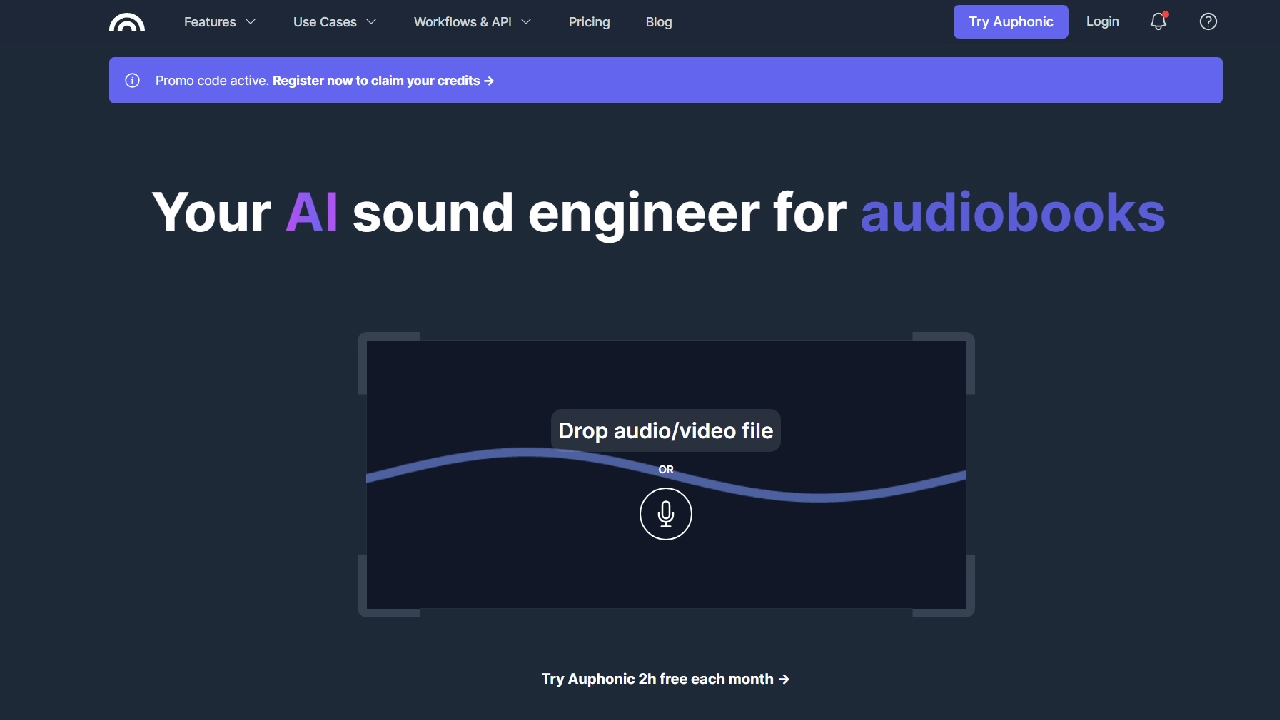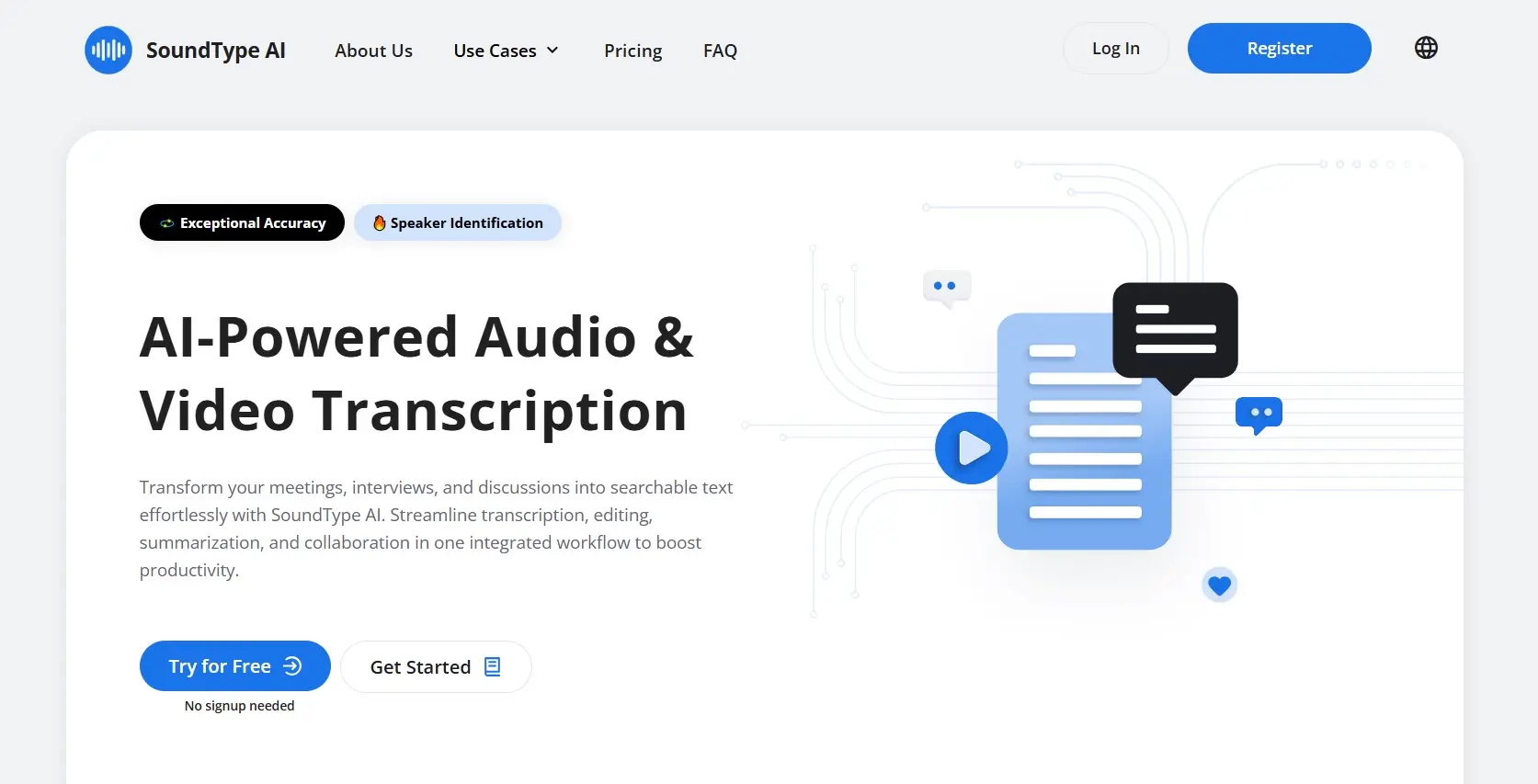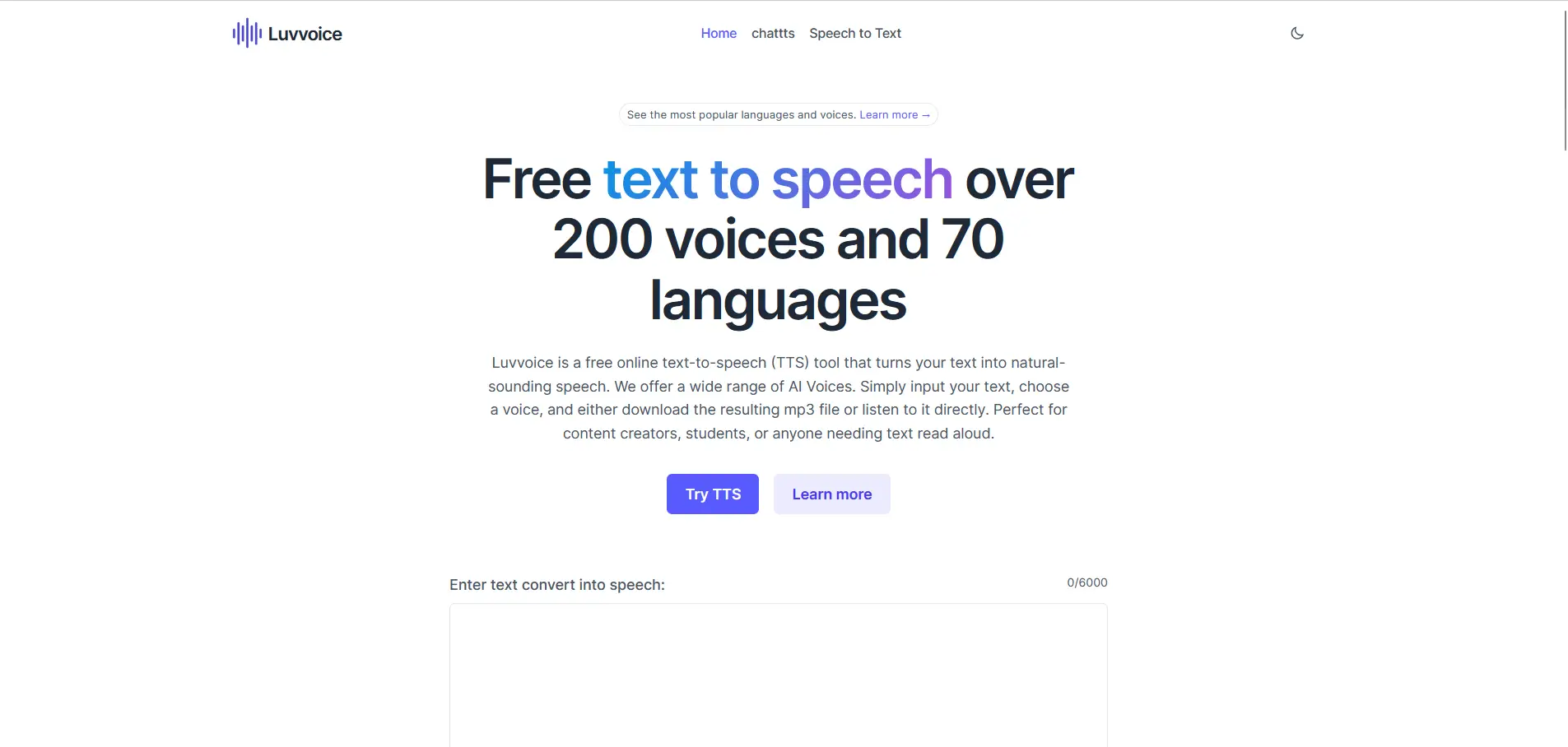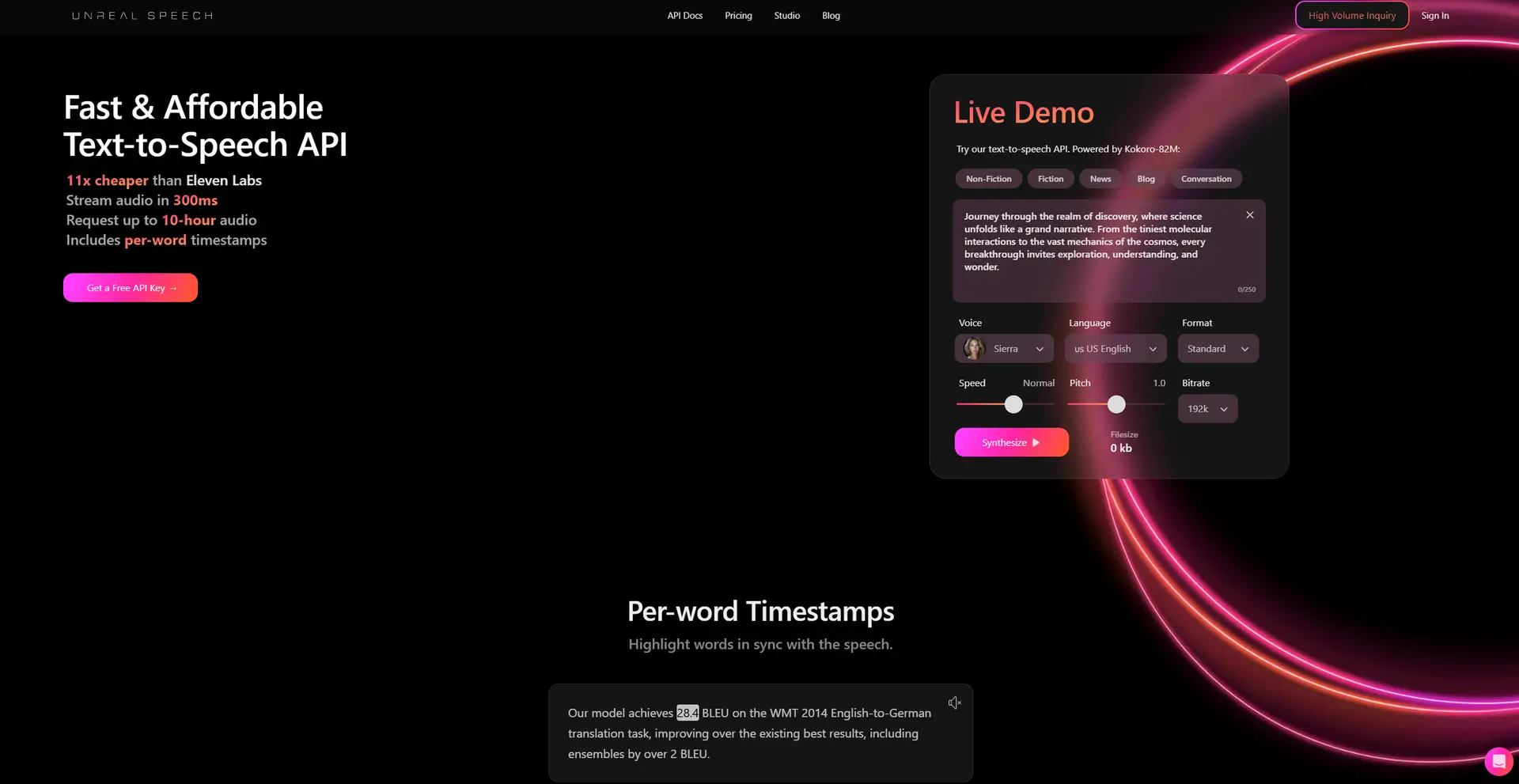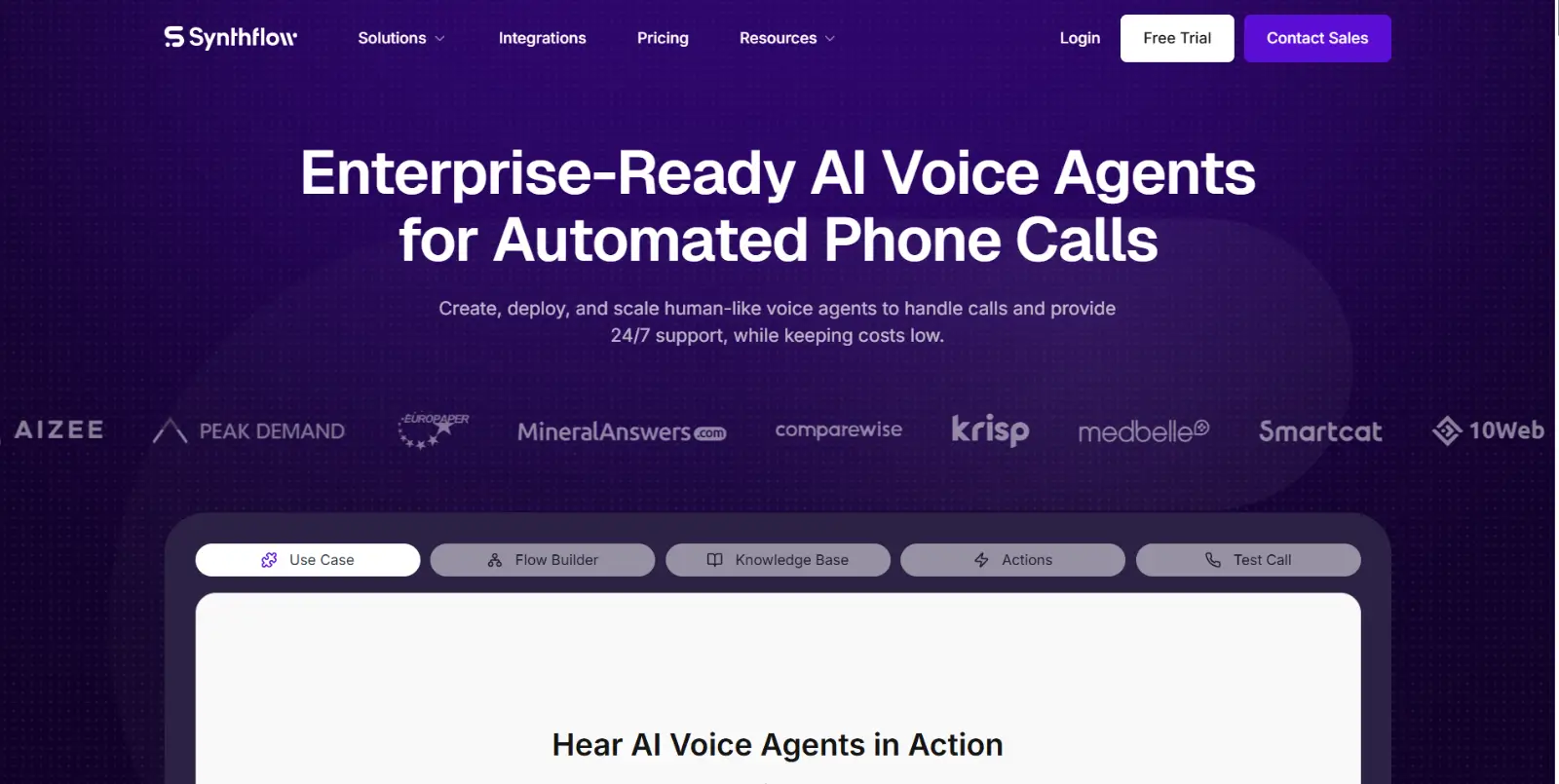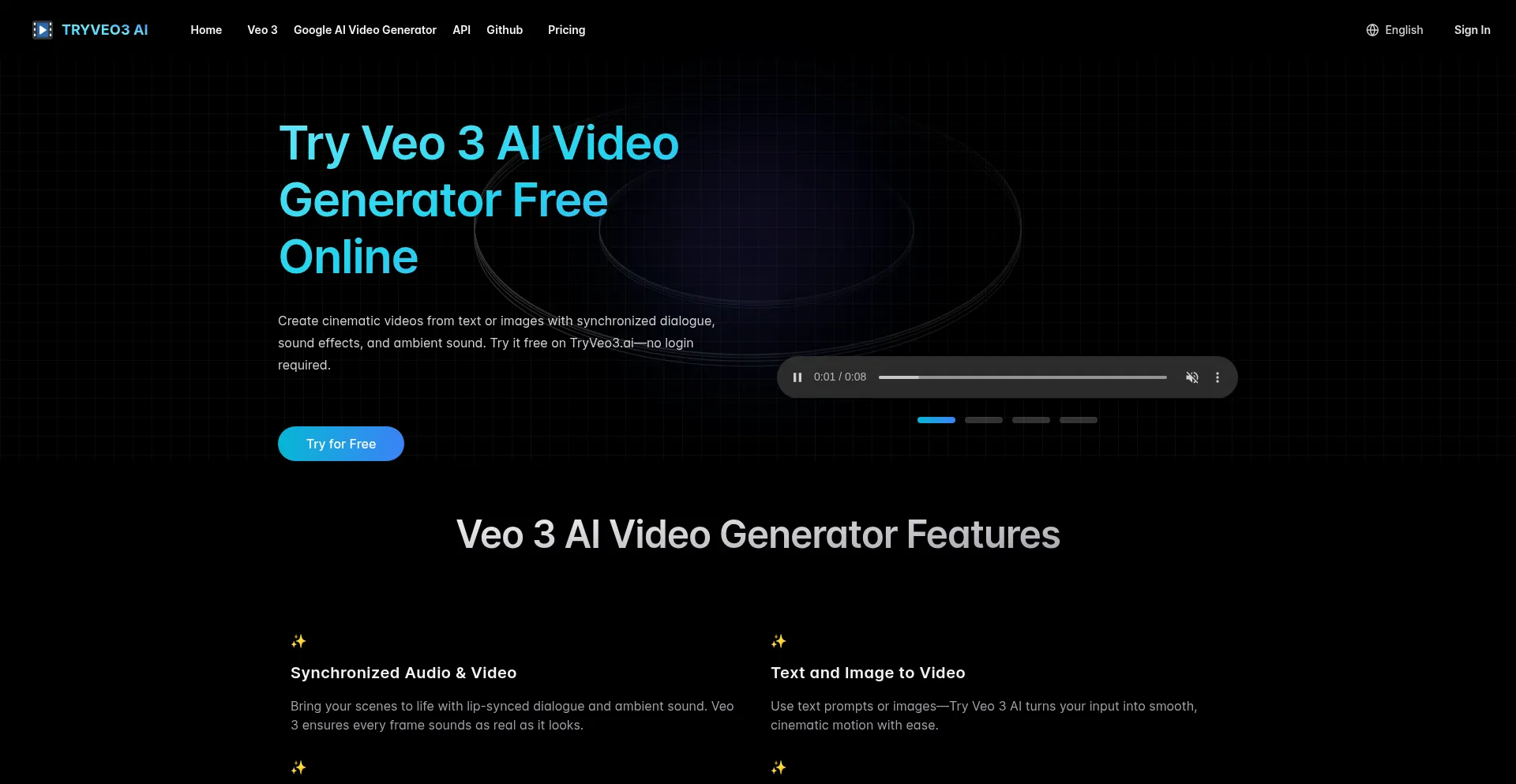Auphonic is a web service designed for automatic audio post-production, offering a suite of features to enhance audio recordings. It provides intelligent level balancing among speakers, music, and speech, eliminating the need for knowledge of compression techniques.
Moreover, Auphonic includes noise and reverb reduction functionalities, allowing users to specify preferences for removing static or fast-changing noises and adjusting music presence.
The tool also encompasses filtering and autoEQ capabilities, effectively eliminating unwanted frequencies and sibilance to produce clear and pleasant sound outputs. For those handling multiple tracks, Auphonic offers multitrack algorithms optimizing mixdowns through automatic ducking, noise gate, and crosstalk removal.
Users can define loudness specifications to ensure consistency across files and meet audio standards. Auphonic further boasts features like automatic silence cutting, multilingual speech-to-text with auto-generated shownotes and chapters, and video support with metadata and chapters.
Its support for automated workflows and API integrations enables users to publish results across various platforms and seamlessly integrate services into their workflows and applications. Auphonic caters to podcasting, educational content, video creation, and audiobooks, ensuring high-quality audio outputs for these applications.
The tool offers a free tier allowing up to 2 hours of audio per month and has garnered positive feedback from users and leading audio companies, lauding its ability to automate post-production processes, resulting in professionally edited sound files.
More details about Auphonic
What filtering and autoEQ capabilities does Auphonic provide?
Auphonic offers filtering and autoEQ capabilities to eliminate unwanted frequencies and sibilance from audio recordings. Its De-Esser function effectively clears these elements, resulting in a warmer, clearer, and more pleasant sound.
What automated workflows and API integrations does Auphonic support?
Auphonic supports automated workflows and API integrations, enabling users to seamlessly publish their results on various platforms such as YouTube, Libsyn, PodBean, Soundcloud, and Facebook. It also facilitates file transfer services to streamline uploads and downloads, watch folders for workflow automation, and integrates with Zapier to incorporate Auphonic services into users’ existing workflows and applications.
What audio formats does Auphonic support?
Auphonic supports all common output formats essential for video and audio post-production. This ensures flexibility and versatility in content production and distribution.
What is the purpose of loudness specifications in Auphonic?
The purpose of loudness specifications in Auphonic is to allow users to define target loudness details, true peak limit, MaxLRA, and more. This feature ensures audio consistency across different files and helps adhere to specific audio specifications and standards.
